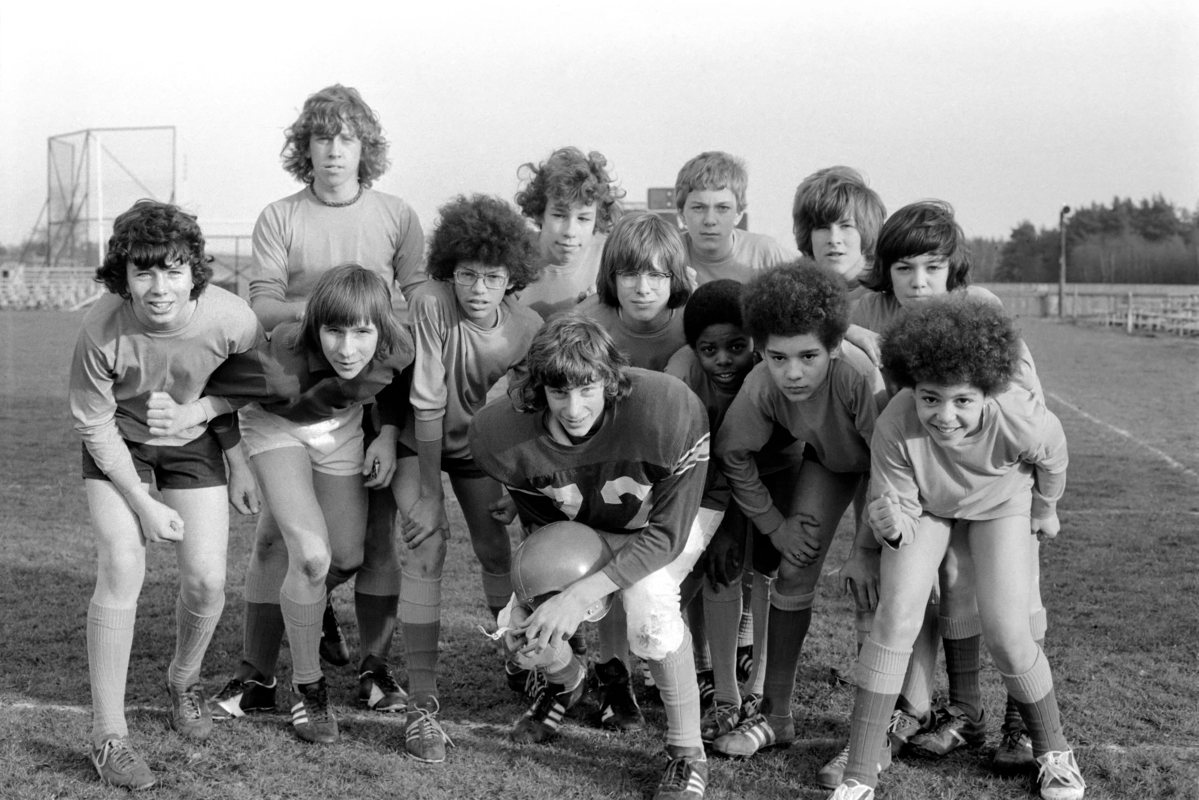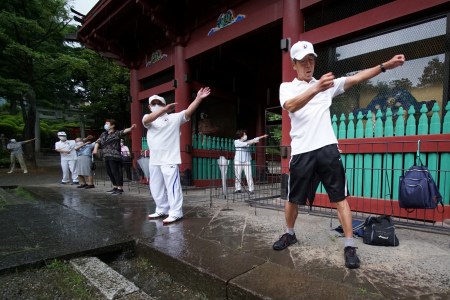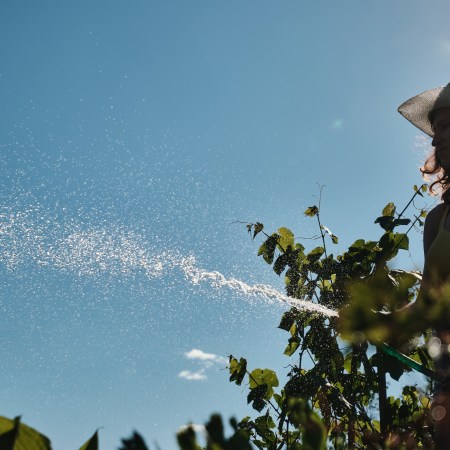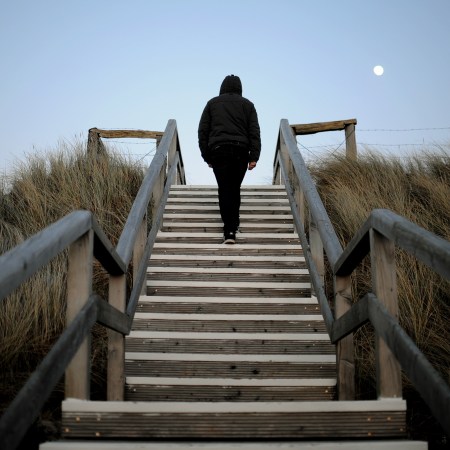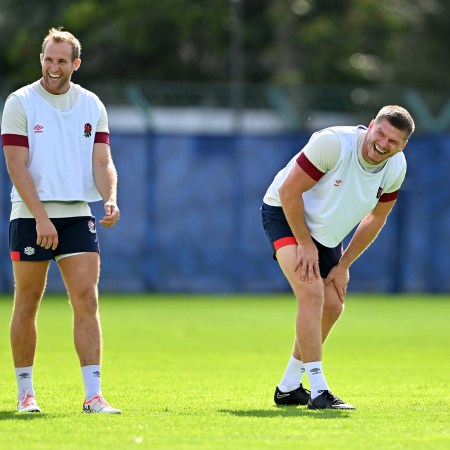According to a new study published in the Journal of Cachexia, Sarcopenia and Muscle, engaging in regular exercise during adolescence can drastically reduce your risk of sarcopenia as you age.
That’s not because the exact workouts you perform as a gangly 16-year-old carry a tailwind all the way into your twilight years. Rather, cultivating an exercise habit in one decade appears to positively influence the proceeding decade, and the one after that.
Japan is rightfully lauded for its extraordinary life expectancy. But its aging population could also be considered a public health crisis; millions of older adults now require long-term care. At the center of this situation is sarcopenia, an age-related loss of skeletal muscle mass and function, which is typically more severe in people who live less physically active lives.
To better understand the preventative measures against sarcopenia, researchers from Japan decided to investigate whether exercise habits during adolescence could play a crucial role in mitigating its onset in older age. Spoiler: yes. The results have implications for a growing sedentary crisis amongst American adolescents.
The Three-Minute Workout the Japanese Do Every Morning
“Radio taisō” has kept millions in shape for decades nowHow the study looked at fitness
A research team led by Juntendo University associate professor Yoshifumi Tamura assessed the exercise habits of over 1,600 retirement-age Japanese adults.
Participants were divided into four groups based on their exercise habits during adolescence and older age: “no exercise in either period,” “exercise only in adolescence,” “exercise only in older age,” and “exercise in both periods.” Researchers then tested for the prevalence of sarcopenia in each group, where low muscle performance was defined as low muscle strength and/or low gait speed.
The participants who’d exercised during both adolescence and older age exhibited a significantly lower risk of sarcopenia and better muscle mass and muscle performance.
Adolescent exercise is critical
Even in walk-happy Japan, exercise rates tend to decline with age. But “inculcating” an exercise habit in adolescence (to borrow a phrase from Tamura) increases the chance that one will keep moving into their middle-age and retirement years.
In the States, adolescent exercise has been in decline for years; 75% of American high schoolers currently don’t meet daily physical activity guidelines. With the country’s youth sport programs struggling to attract the same numbers they once did, it’s critical that kids find a way to move. Running, dancing, swimming, hiking, lifting, pickleballing…whatever it is, teenagers are best served doing it for several hours a week.
Set a good example
We get it: it’s essentially impossible at that age, when you’re worrying about driver’s permits and prom invites, to worry about your skeletal function as a 70-year-old. But studies like these confirm that the behavioral tendencies we fall into as young people tend to stick with us throughout each stage of our life.
If you’re a parent, guardian, or mentor to an adolescent with a penchant for sedentary afternoons, try to get them up and out. Go with them. Or, start exercising yourself to set a good example. Your skeletal muscles will thank you. And one day your kid might, too.
Whether you’re looking to get into shape, or just get out of a funk, The Charge has got you covered. Sign up for our new wellness newsletter today.
